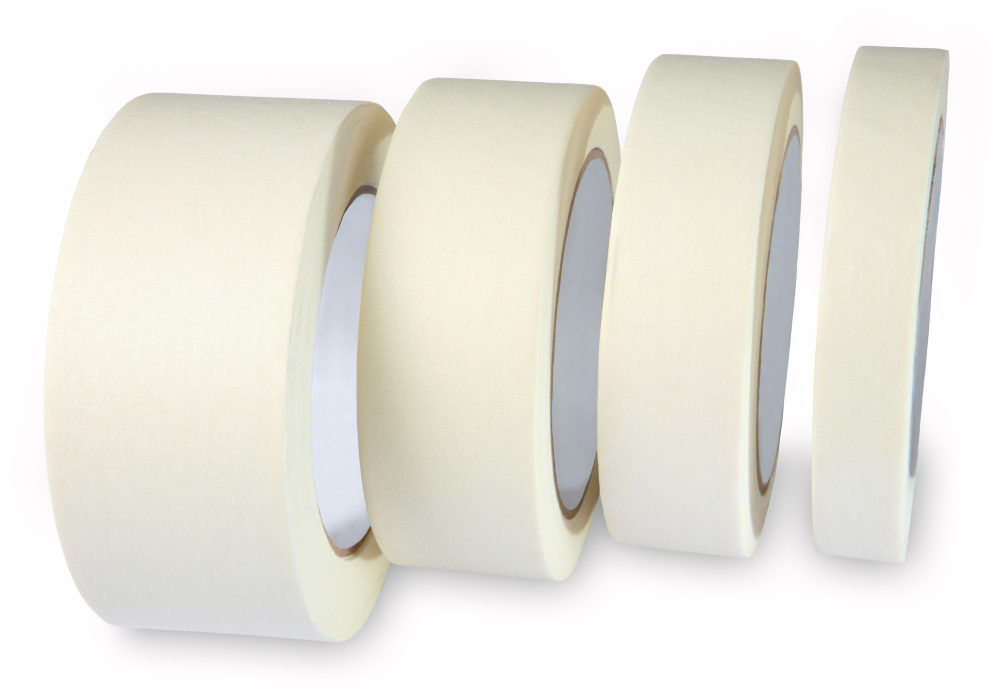The use of labels has become a crucial part of business operations. They come in different forms and are affected by factors such as the environment, adhesion, lifespan, purpose, etc. However, not everyone knows how to pick the correct label.
What’s worse is that most don’t know the different labels that exist. Today’s article focuses on direct thermal labels. But before you can pick a label, you need to know the factors to consider. Read on to find out all you need to know. But first, what is a direct thermal label?
What Is a Direct Thermal Label?
The direct thermal printing method deals with the use of heat-sensitive media. The media is chemically treated such that it blackens when passed through the printer. In creating the image, the media doesn’t require a toner, ink, or ribbon.
Due to their nature, direct thermal labels lack as much resistance to various heat and chemical factors as their counterparts. They also don’t fit well in extreme and demanding conditions. That’s why it’s essential to choose carefully. To do so, there are various factors to look at.
Factors that influence your choice of direct thermal labels
1. Surface adhesion
You need to consider the kind of surface you’re using the labels on. Is it compatible with the direct thermal label? Is it too curved or rough? Does the surface energy allow proper adhesion? These are all vital questions that help pick the right label.
2. Temperature
Temperature also greatly affects how well a direct thermal label performs. It affects its adherence, and some handle fluctuations in temperature but are detrimental to others. For instance, a thermal label applied to a beaker will experience an increase in temperature when boiled.
3. Print Speed
The print speed you’re looking for also determines the type of label and the printing solution you’ll go for. Most operations require speeds reaching up to 12 ips, requiring you to pick the best thermal labels.
4. Environment
The kind of environment your labels will be subjected to determines what you’ll pick. If you plan to use the product outdoors, consider the presence of sunlight, rain, or even chemicals to which these labels could be exposed.
Ensure that your labels do not spoil quickly when exposed to these conditions, as this only increases the cost of procuring thermal labels.
5. Lifespan
Lifespan is a vital factor to consider when choosing direct thermal labels. In the case of these labels, you should know that direct thermal labels have a short shelf life. Also, these labels should not come in contact with abrasion or chemicals.
Therefore, when asking manufacturers like CDM Labels for a direct thermal label, be sure to enquire about the shelf life.
6. Resistance to Abrasion
When labels are subjected to constant rubbing, they tend to peel off easily. Therefore, the labels should be resistant to abrasion, or you risk ending up with labels that become unreadable after abrasion.
Wrapping Up
No thermal label is perfect, but choosing carefully ensures you don’t pick one that’s least compatible with your requirements. Therefore, you should consider the factors before selecting a direct thermal label.












